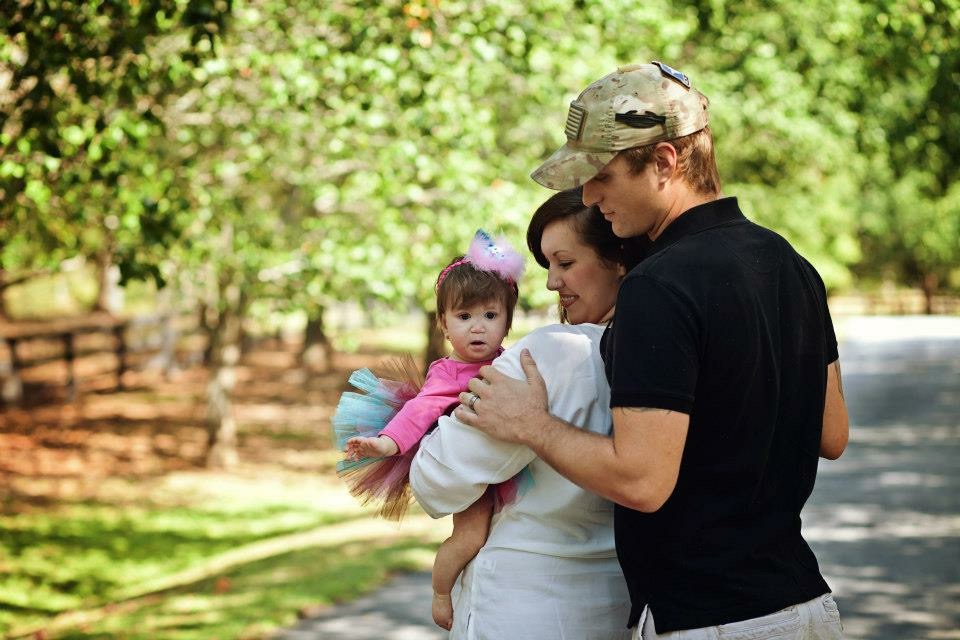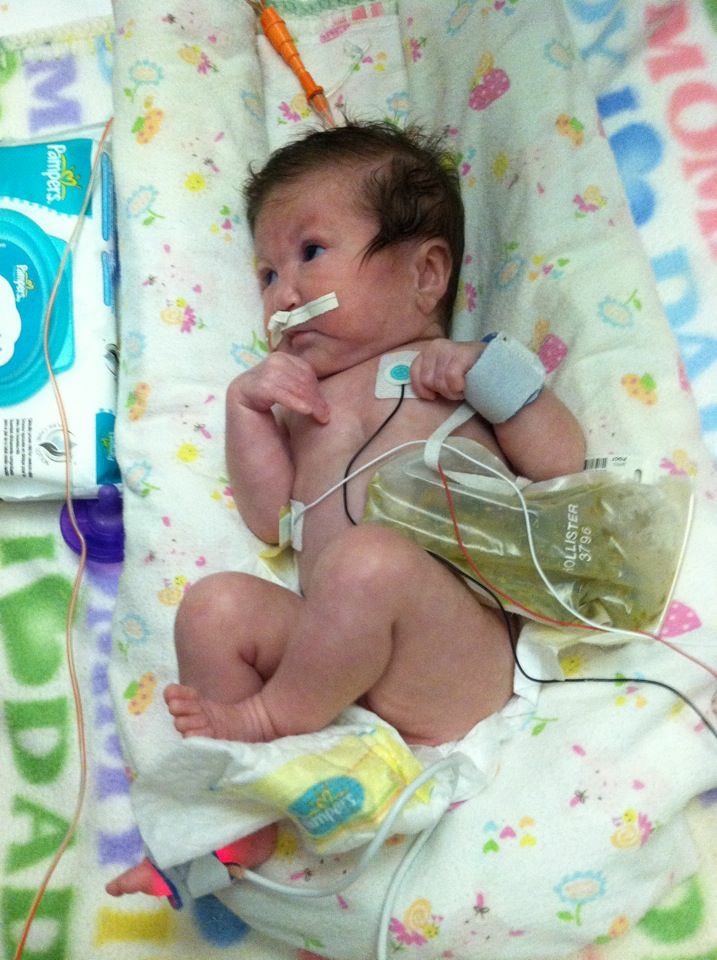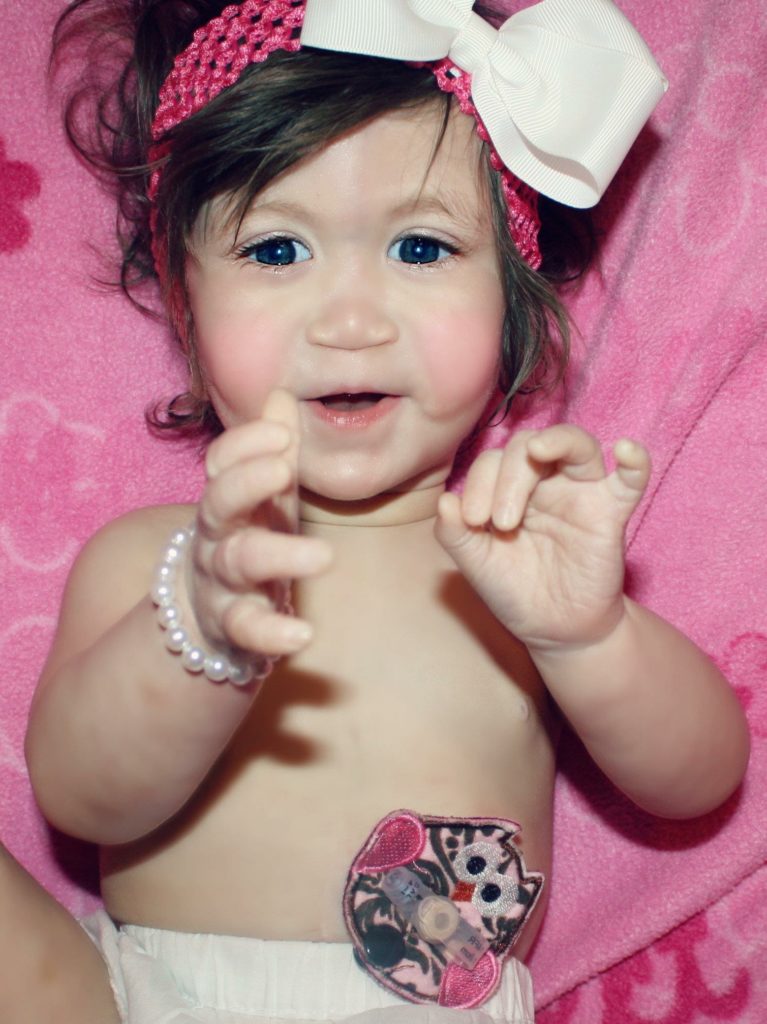
“She has grown and she is not only surviving, she’s truly thriving.”
-Wendy’s Mom
When my husband, Zed, returned from Afghanistan in early 2011, we began trying for our first baby. In March of that year, I had a positive pregnancy test. The beginning of my pregnancy was hard. I was vomiting quite a bit, and at one point they thought I was miscarrying, so they did a vaginal ultrasound. My little jellybean was fine in there; they said “it” was a happy baby because of the heart rate being over 170. “It” was also measuring small, so they moved my due date.

IV fluids and weight loss were my pregnancy routine. At my 22-week ultrasound, they said they “found something.” The “something” they had found were Choroid Plexus Cysts (CPCs) in Wendy’s brain. CPCs are supposedly common and usually go away, but we insisted we wanted to see a specialist. After seeing the specialist and having an amniocentesis, we found out those cysts were markers for a chromosomal anomaly. Wendy has an unbalanced translocation between chromosomes 7&10, a benign loss of 3p22.2, and a benign gain of 12q24.33.

That October, Wendy was born. I had been in the hospital since September 6 because my water broke at just 29 weeks. She was born with an imperforate anus, microcephaly, congenital anomalies, GERD (acid reflux), grade I IVH (bleeding in the brain’s ventricular system), grade I VUR (kidney reflux), ASD (congenital heart defect), intestinal malrotation, anemia of prematurity, and feeding difficulties. Since then, some of these defects have fixed themselves, while others have required corrective surgery. The rest we are dealing with the best we can, including her new diagnoses, such as autism and pica.

My once tiny three-pound baby is now a 26-pound child. She’s still quite small for her age, wearing 24m-3T clothes, but she has grown and is not only surviving, but truly thriving. A big part of that is because she can get the nutrition she needs through her G-tube. Wendy loves to eat by mouth, but because of many food allergies and her diagnosis of dysphagia (difficulty swallowing), she cannot eat/drink enough to sustain herself, therefore we do feeds every night via her AMT MiniONE® Button.
